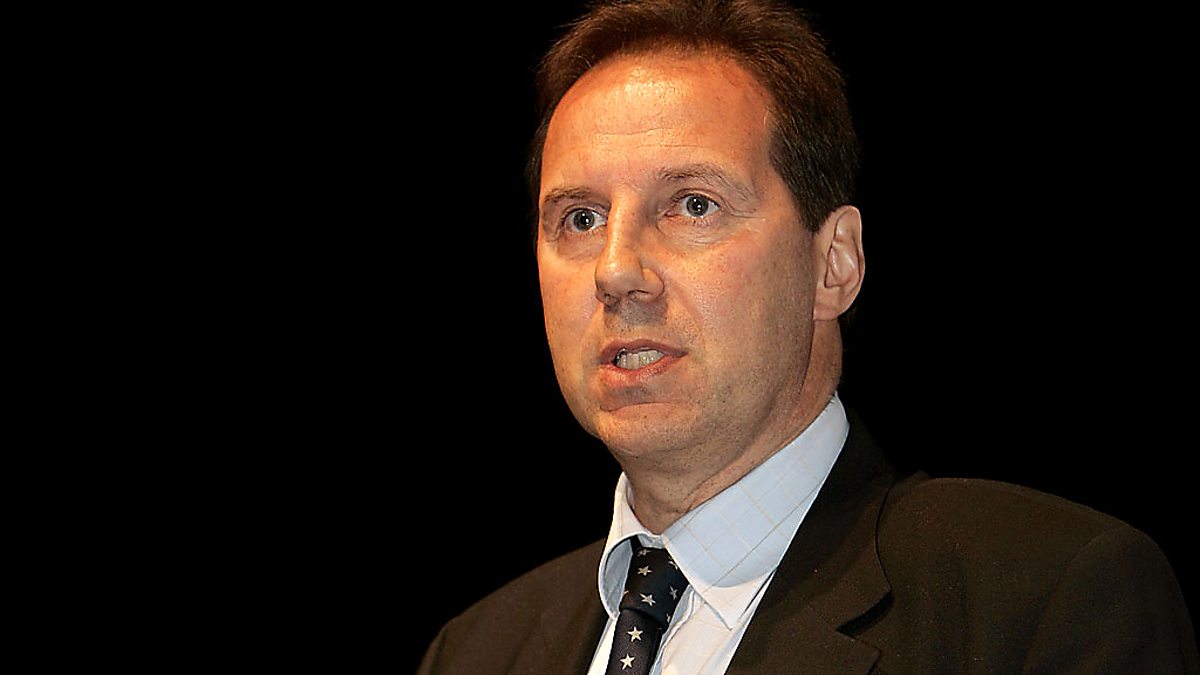4 days to listen to this interesting programme on a remarkable plastic surgeon.
One of the heroes of the First World War was an American surgeon who was posted with the British army. His name was Varaztad Kazanjian and as an Armenian refugee he had escaped the massacre of his people in Turkey in 1895. He settled in Worcester, Massachusetts and - along with many other Armenians - took a job in the local wire factory. There he worked long, hot hours but was determined to make a better life, and dedicated himself to years of evening classes. Eventually he decided to try for a career as a dentist, and in 1902 was accepted by Harvard Dental School, qualifying in 1905. He was happily married and successfully running his own dental practice when the First World War broke out, but he volunteered to join the Harvard Medical Corps, posted to a huge tented hospital complex in northern France. There he began to treat some of the worst injuries suffered in trench war-fare - jaws, noses, cheeks and skulls shattered by bullets and grenades. Although he wasn't a qualified surgeon, he had become known for treating the kind of facial injuries and disfigurements neglected by the general medical community, and he brought this passion and expertise to bear in France. Many soldiers, who would otherwise have suffered dreadful scarring and lifelong pain, had their injuries expertly treated by Kazanjian. It was said that he advanced the field of plastic surgery by 50 years during the four years he served the British army. He received an honorary knighthood from King George the Vth, and became one of the most respected reconstructive facial surgeons in the world. (At one stage treating Sigmund Freud, whose jaw had been eaten away by cancer).
Telling the story of Varaztad Kazanjian is Professor Iain Hutchison. He is founder and Chief Executive of The Facial Surgery Research Foundation and is one of the world's leading reconstructive facial surgeons. His mother was a xxxish doctor who escaped the Nazis in Austria; his first career was in dentistry, before specialising in oral and maxillo-facial surgery; and - like Kazanjian - he has operated on some of the most difficult cases of facial injury and disfigurement, all the while advancing and developing this particular area of surgery.
Link:
One of the heroes of the First World War was an American surgeon who was posted with the British army. His name was Varaztad Kazanjian and as an Armenian refugee he had escaped the massacre of his people in Turkey in 1895. He settled in Worcester, Massachusetts and - along with many other Armenians - took a job in the local wire factory. There he worked long, hot hours but was determined to make a better life, and dedicated himself to years of evening classes. Eventually he decided to try for a career as a dentist, and in 1902 was accepted by Harvard Dental School, qualifying in 1905. He was happily married and successfully running his own dental practice when the First World War broke out, but he volunteered to join the Harvard Medical Corps, posted to a huge tented hospital complex in northern France. There he began to treat some of the worst injuries suffered in trench war-fare - jaws, noses, cheeks and skulls shattered by bullets and grenades. Although he wasn't a qualified surgeon, he had become known for treating the kind of facial injuries and disfigurements neglected by the general medical community, and he brought this passion and expertise to bear in France. Many soldiers, who would otherwise have suffered dreadful scarring and lifelong pain, had their injuries expertly treated by Kazanjian. It was said that he advanced the field of plastic surgery by 50 years during the four years he served the British army. He received an honorary knighthood from King George the Vth, and became one of the most respected reconstructive facial surgeons in the world. (At one stage treating Sigmund Freud, whose jaw had been eaten away by cancer).
Telling the story of Varaztad Kazanjian is Professor Iain Hutchison. He is founder and Chief Executive of The Facial Surgery Research Foundation and is one of the world's leading reconstructive facial surgeons. His mother was a xxxish doctor who escaped the Nazis in Austria; his first career was in dentistry, before specialising in oral and maxillo-facial surgery; and - like Kazanjian - he has operated on some of the most difficult cases of facial injury and disfigurement, all the while advancing and developing this particular area of surgery.
Link:


